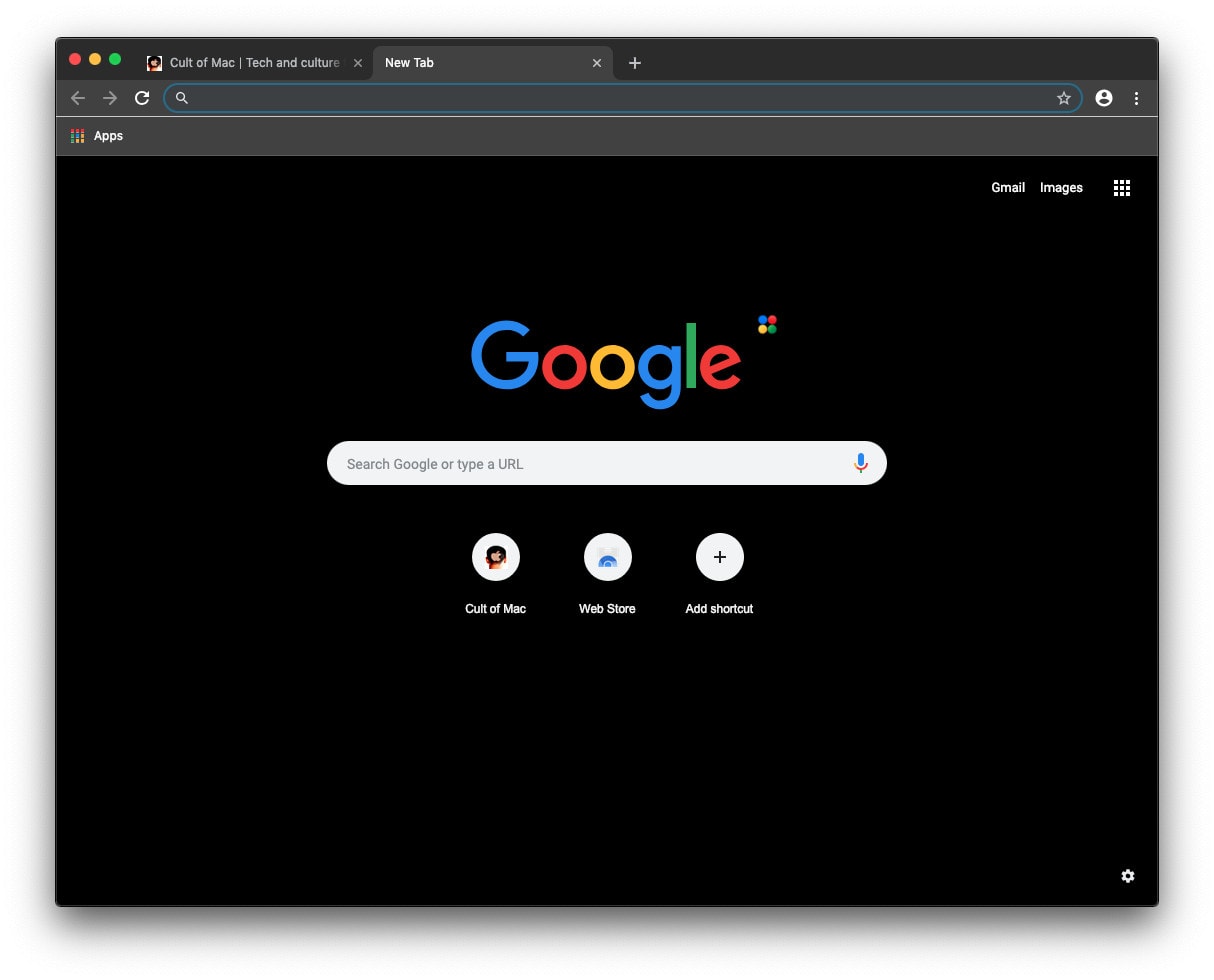After the copy of 'Packages', 'BaseSystem.chunklist', and 'BaseSystem.dmg' is complete, you should have a bootable USB drive that can install El Capitan on a Snow Leopard machine. Just restart and hold down Option as soon as the screen turns black and don't let go until the boot loader screen appears. Step 2: Now that El Capitan is downloaded, you will now need to create a bootable OS X El Capitan USB flash drive. Doing this will allow you to install a fresh copy of OS X on your Mac from the flash drive, rather than having to upgrade to the new OS over an existing installation. Create bootable usb for mac os x el capitan with transmac. A new pop up box will appear, click on the three dots, and then select the macos x el capitan.dmg file from windows. Then click on ok. Choose mac osx el capitan dmg file. Since the file is huge so it will take quite time to complete. It may take about 20 to 30 mins or more.
A bootable installer is one of the fastest ways to install El Capitan. Rather than copy the installer to a local drive you can run it right off a USB disk (or Thunderbolt if you dare). Such a little USB drive would be similar to the sticks that came with the older MacBook Air, when we were all still sitting around wondering how you would ever install the OS on a computer with no optical media or Ethernet otherwise. Luckily, Apple loves us. To make a bootable USB/flash drive of El Capitan like the one that used to come with the MacBook Air, first name the USB drive. I’ll use mavinstall for the purposes of this article. The format should be Mac OS Extended Journaled. The installer is called Install OS X El Capitan and is by default located in the /Applications directory. Inside the app bundle, there’s a new binary called createinstallmedia (nested in Contents/Resources). Using this binary you can create an installation drive (similar to what we used to do with InstallESD). To do so, specify the –volume to create the drive on (note that the target volume will be erased), the path of the Install OS X El Capitan app bundle and then we’re going to select –nointeraction so it just runs through the whole thing/Applications/Install OS X El Capitan.app/Contents/Resources/createinstallmedia --volume /Volumes/mavinstall --applicationpath /Applications/Install OS X El Capitan.app --nointeractionNote: You’ll need to elevate your privileges for this to run. Once run you’ll see that it erases the disk, copies the Installation materials (InstallESX, etc) and then makes the drive bootable, as follows: Erasing Disk: 0%... 10%... 20%... 100%... Copying installer files to disk... Copy complete. Making disk bootable... Copying boot files... Copy complete. Then you can either select the new volume in the Startup Disk System Preference pane or boot the computer holding down the option key to select the new volume. Note: If you can do this on a system with a solid state drive it will be faster. Although this took 17 minutes last I ran it even then so be patient for the files to copy.Are you trying to make a bootable installer? Do you have the El Capitan installer downloaded from the App Store? You cannot make a bootable DVD but you can make a bootable flash drive.
Bootable USB Installers for OS X Mavericks, Yosemite, El Capitan, and Sierra

First, review this introductory article: Create a bootable installer for macOS. Second, see this How To outline for creating a bootable El Capitan installer. Simply replace the Terminal command with the one from the preceding article by copying it into the Terminal window. You will need an 8GB or larger USB flash drive that has been partitioned and formatted for use with OS X.
Drive Partition and Format
- Open Disk Utility in the Utilities' folder.
- After Disk Utility loads select the drive (out-dented entry with the mfg.'s ID and size) from the side list.
- Click on the Erase tab in the Disk Utility toolbar. Name the drive, 'MyVolume'. <---- IMPORTANT!
- In the drop down panel set the partition scheme to GUID. Set the Format type to Mac OS Extended (Journaled.)
- Click on the Apply button and wait for the Done button to activate. When it does click on it.
- Quit Disk Utility.
Create Installer
Open the Terminal in the Utilities' folder. Choose the appropriate command line (in red) depending upon what OS X installer you want. Paste that entire command line from below at the Terminal's prompt:
Command for macOS High Sierra:
sudo /Applications/Install macOS High Sierra.app/Contents/Resources/createinstallmedia --volume /Volumes/MyVolume --applicationpath /Applications/Install macOS High Sierra.app

Command for macOS Sierra:

sudo /Applications/Install macOS Sierra.app/Contents/Resources/createinstallmedia --volume /Volumes/MyVolume --applicationpath /Applications/Install macOS Sierra.app
Command for El Capitan:
sudo /Applications/Install OS X El Capitan.app/Contents/Resources/createinstallmedia --volume /Volumes/MyVolume --applicationpath /Applications/Install OS X El Capitan.app
Command for Yosemite:
sudo /Applications/Install OS X Yosemite.app/Contents/Resources/createinstallmedia --volume /Volumes/MyVolume --applicationpath /Applications/Install OS X Yosemite.app
Command for Mavericks:
sudo /Applications/Install OS X Mavericks.app/Contents/Resources/createinstallmedia --volume /Volumes/MyVolume --applicationpath /Applications/Install OS X Mavericks.app
Make Bootable El Capitan Usb On Windows
Press RETURN. You will be asked for your admin password. It will not echo to the Terminal window. Then press RETURN again. Wait for the return of the Terminal prompt signifying the process has completed. It takes quite some time to finish. Be patient.
Create Bootable Linux Flash Drive
Mar 3, 2018 7:47 PM